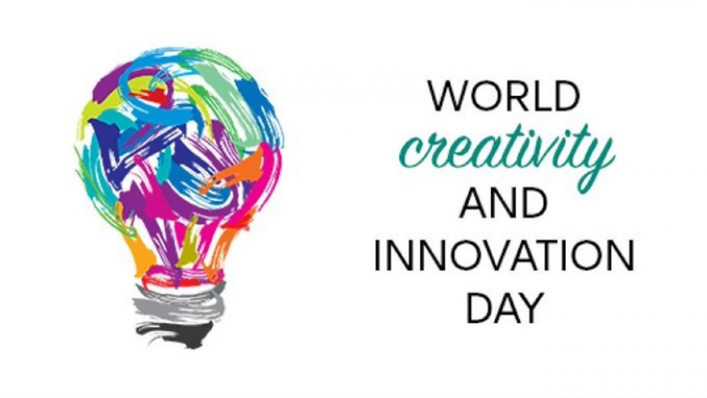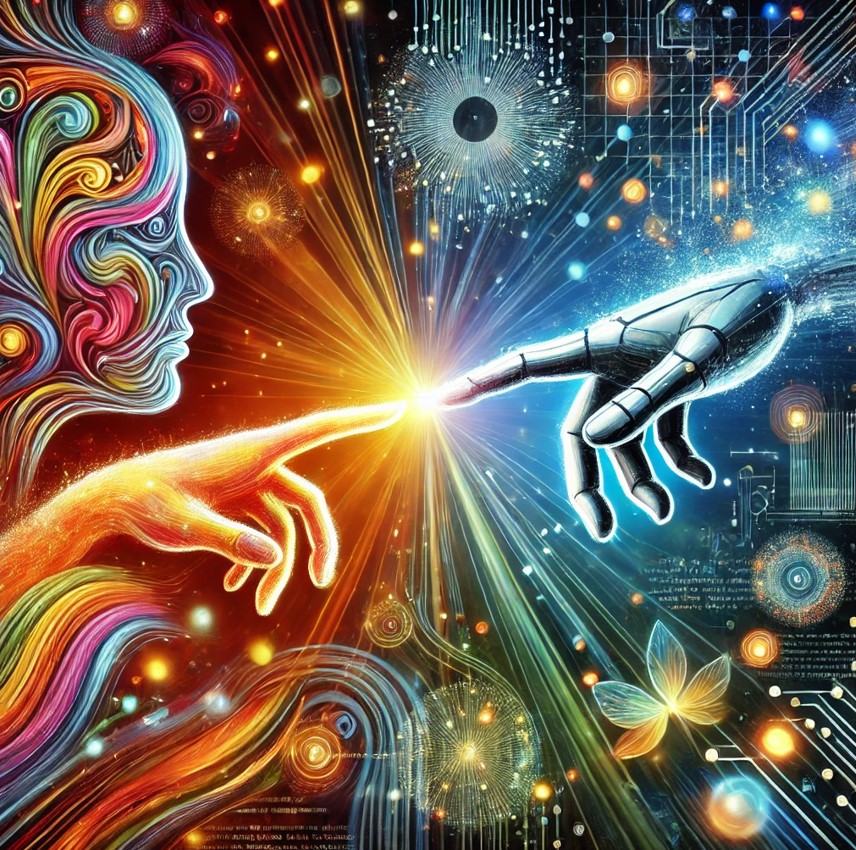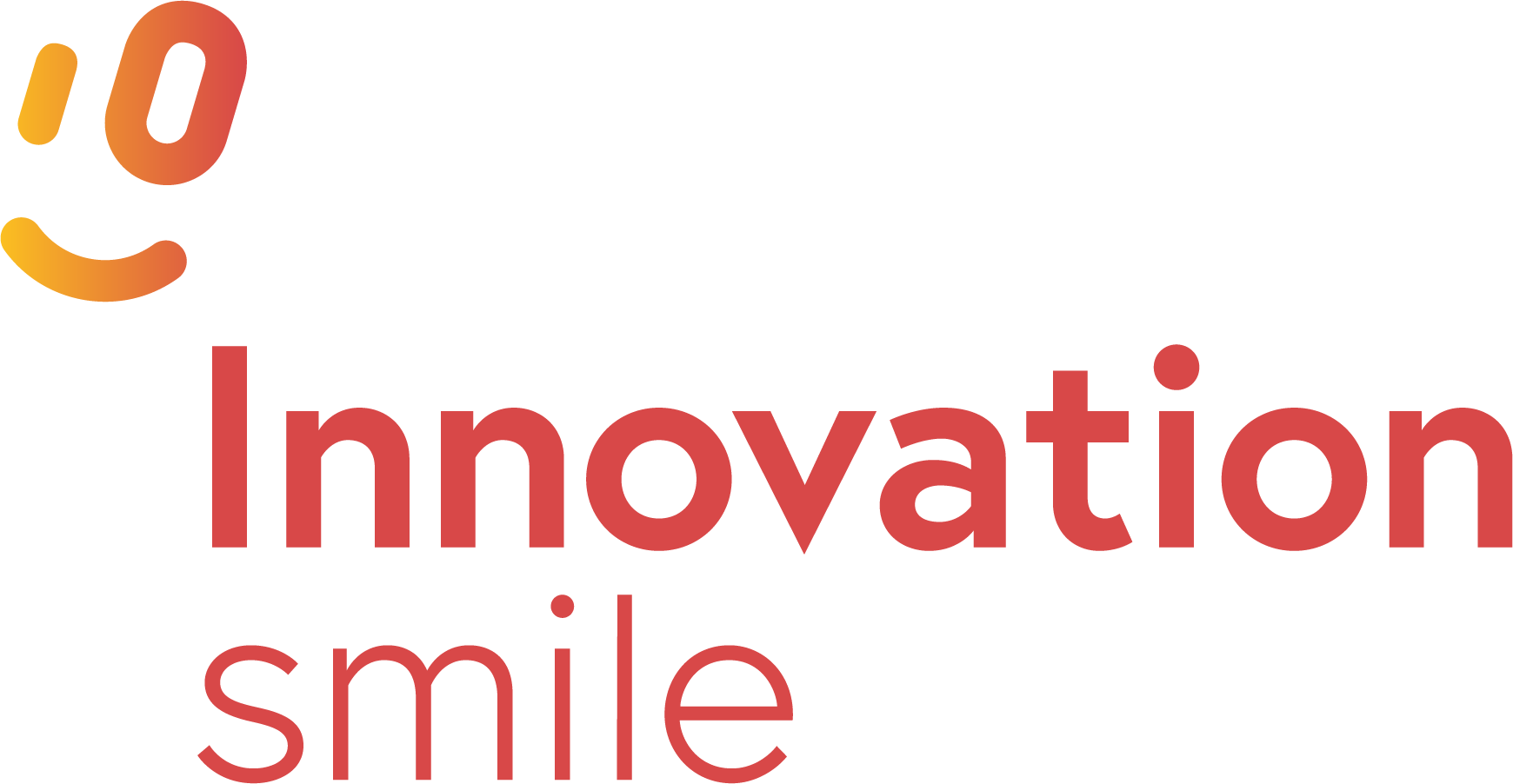
The Human Spark: Why Creativity, Not Just AI, Defines Business Design Innovation
Discover how human creativity empowers innovation in the age of AI
- Jolanda Burgers
- April 20, 2025
This week we celebrate World Creativity and Innovation Day; a perfect moment to reflect on the essential role that creativity plays in addressing design challenges. World Creativity and Innovation Day, designated by the United Nations, aims to raise awareness about the importance of creativity and innovation in all aspects of human development. For me, it was also a moment to reflect on a learning experience that has greatly influenced my approach to innovation and business design: an Art Thinking workshop that I attended during my Executive MSc program at ESCP. In this blog, you will find valuable insights on how to incorporate these Art Thinking principles into your own business design and innovation challenges.
Unleashing innovation: the power of human creativity in the Age of AI
Creativity is central to my vision for innovation: in the dynamic field of business design, human creativity is a key factor that sets up apart. Although Artificial Intelligence provides effective tools and efficiencies, making tasks easier and faster, it is human creativity that offers the critical spark and unique perspective required to transform data into innovation.
My belief in this vision was reinforced during a three-day Art Thinking workshop I attended. Art Thinking is an agile methodology that uses an artist’s mindset and practices, including steps such as donation, double-loop learning, and drifting, to challenge established norms and generate creative solutions. As AI continues to grow in importance, this experience highlighted the essential value of human imagination in addressing business challenges. It emphasized how human creativity can complement and enhance the use of AI, rather than disregard it.
One of my key takeaways from the workshop was the concept of Donation. We learned that sharing ideas freely lead to unexpected collaborations and new solutions. This approach focuses on generosity and a shared vision, unlike the transactional logic AI might use. True innovation stems from genuine human connection and the willingness to give. For example, we were tasked with going into the streets of Berlin with just a paper clip and attempting to barter it for something else. I was surprised by the generosity of others, which resulted in us receiving more valuable items in return.

The principle of Double-loop learning emphasizes the significance of human creativity. It involves addressing deeper issues by questioning underlying assumptions and challenging established norms. This critical and imaginative thinking is key to discovering innovative solutions that AI may not independently generate in its current state. The ability to ask questions like “what if?” and consider different paradigms contributes to significant advancements.
The concept of Drifting has taught me the value of embracing a degree of unstructured exploration into our processes. In a data-driven environment, there is often a tendency to define precise paths and optimize for efficiency. However, allowing room for open-ended exploration guided by intuition and curiosity—traits inherent to humans—can result in unexpected discoveries and creative breakthroughs that a strictly AI-guided approach may not achieve.
The result of our three day workshop:”displaying our artwork, “Colours of Life,” created in collaboration with my co-students from ESCP, represented the omnipresence and dominance of AI in our lives. It emphasizes the importance of ethical data usage and encourages a future where producers and consumers use data responsibly and relevantly.
These learnings from the Art Thinking workshop have reinforced my core belief at Innovation Smile: while AI provides an incredible toolkit, it’s human creativity that is essential. AI can analyze patterns and optimize processes, however it’s our imaginative capacity that defines the problems worth solving and envisions the truly innovative solutions. Creativity allows us to connect seemingly disparate ideas, to empathize with human needs on a deeper level, and to ultimately design solutions that resonate and make a real difference.
As we celebrate World Creativity and Innovation Day, let’s remember this fundamental truth: while technology evolves at an astonishing pace, the human spark of creativity remains the essential ingredient in solving complex business design challenges and driving meaningful innovation.
Ready to amplify your team’s creative potential and discover how to strategically integrate human ingenuity with the power of AI? Explore my new Creative Innovation: Design Thinking and AI workshop and request more information at jolanda.burgers@innovationsmile.nl. Let’s unlock a future where human creativity and artificial intelligence work in powerful synergy to create truly exceptional outcomes.

The human spark of creativity according to AI

Learn more about the importance of creativity in problem-solving on World Creativity and Innovation Day, April 21st, 2025: https://www.internationaldays.org/april/world-creativity-and-innovation-day
The human spark of creativity according to AI

Learn more about the importance of creativity in problem-solving on World Creativity and Innovation Day, April 21st, 2025: https://www.internationaldays.org/april/world-creativity-and-innovation-day
Tags:
Recent Posts:
-
Discovery by Doing: What I Learned About Innovation from the Frontline
-
Design Thinking with AI: Unlocking the Creative Leader Within
-
Are Fuck-ups the New Success?
-
The Human Spark: Why Creativity, Not Just AI, Defines Business Design Innovation
-
Innovation tales from Japan: where tradition meets tomorrow

